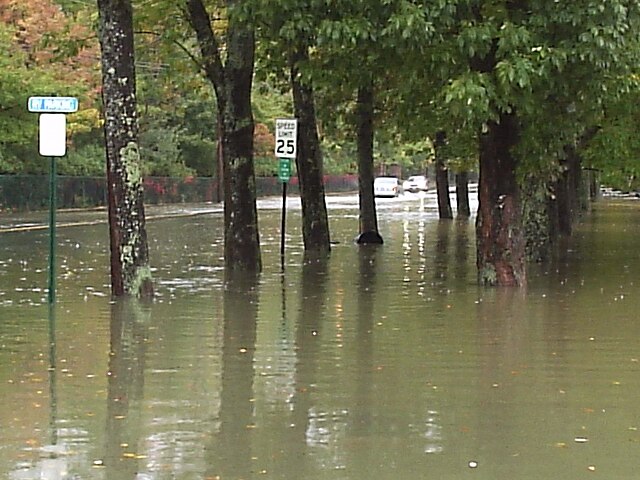Barely four months after heavy precipitation in July led to a spike in dairy prices in Maine and Vermont from lack of feed, an even heavier storm has hit New England. The December 18 storm in North-east United States left flood waters in urban centers and low-lying coastal areas.
The storm came along a northeasterly warm current that spiked temperatures in Boston, Massachusetts to 63ºF.
In the eye of the storm was an opposite southeasterly current carrying chilled air that condensed into snow further south.
Maine at a Weather Crossroads
The floods in Maine resulted from 4 inches of storm-occasioned rainfall. The storm’s origin has known causes that go back almost two centuries.
According to Maine Republic, it all began in 1816 when Maine experienced one of its worst summer heat on record. This followed a volcanic eruption of Mount Tambora in Indonesia. The eruption sent magma and rock 45 kilometers into the atmosphere and disrupted world’s climate, especially New England’s for good.
Since 1895 when weather patterns begun to change drastically in Maine, temperatures have risen by 3.2 degrees. This has been bad for agriculture as the sun dries up moisture in soil through evaporation. This evaporation in turn has brought intense rains that come through storms.
Drought brings heavy rainfall in the region through long-term evaporation that creates unexpected heavy precipitation.
Enter NRCS
Through USDA’s National Resources Conservation Service (NRCS), however, Maine farmers have learned to counteract evaporation.
The agency provides a drip irrigation system with timers to local farmers. The system intelligently serves each plant with water early in the morning. By the time midday heat sets in, the plants usually have utilized all available moisture from the soil.
NRCS usually installs the drip system from groundwater the same way alfalfa farmers in dry parts of Arizona do theirs.
The farmers pay upfront for the installation but the agency refunds them after completion to help manage the irrigated crops.
Crop Profiles of Maine after the Storm
After the storm, two major rivers in Maine that serve agriculture have flooded and this may affect crops.
Crops that thrive in the Sandy River basin include vegetables such as pumpkins, squash and sweet corn. Custard apples also grow here, and the floods have coincided with the December-January apple season in Maine..
The other river experiencing floods in Maine is the third longest, the Androscoggin, with a drainage basin of 9,100 km2. Since the 19th century, it has been a major lumber milling center for townships alongside it. Paper, pulp, fir and textile are some of the main agricultural products processed along the river’s course.
Other possible impacts of the floods will be on Maine’s January to April seasonal crops. These include apples, cabbage, carrots, winter squash, sweet potatoes and mushrooms.
The most productive animal-based products in January through April include dairy milk, beef and pork.
Thus, as floods in Maine ebb, the state will also be poising for disruptions in its agriculture.
